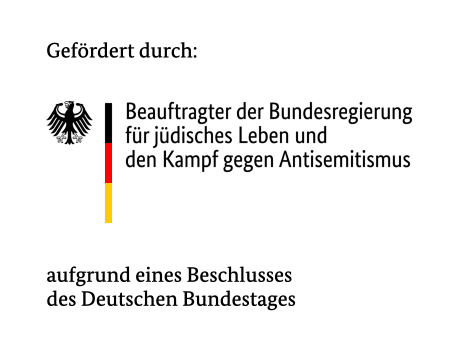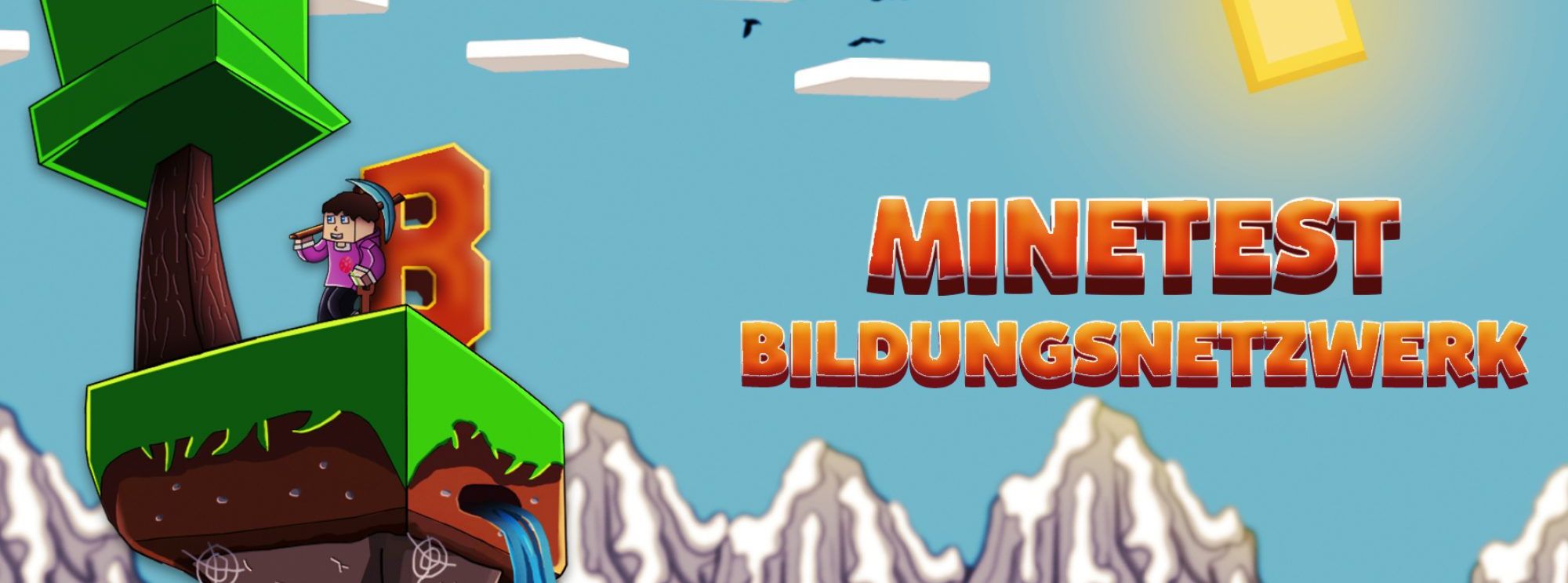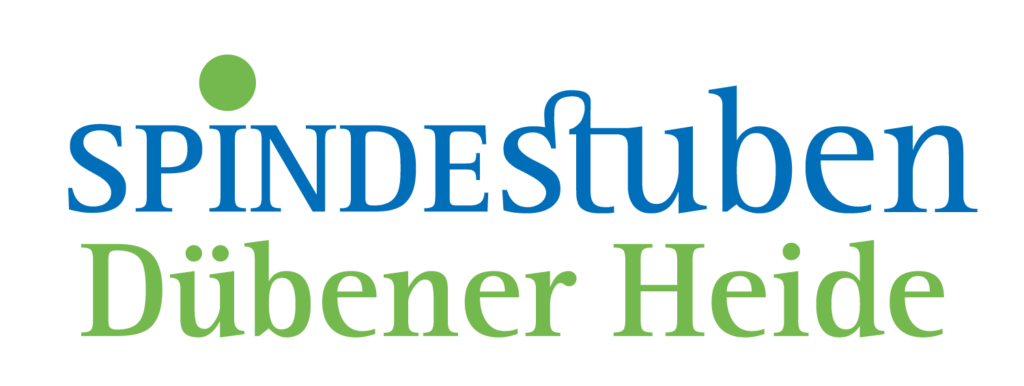I am from a Pacific island country situated in the Oceania region, just north of Australia and we share border with Indonesia on the west. The country I come from is the country of Eight hundred plus different Nations coming together to form a Country called Papua New Guinea (PNG). Eight hundred plus Nation meaning 800 plus different tribes, ethnic groups and 850 plus different native languages, make it one of the most linguistic diverse places on Earth.
The country is characterized by diverse geography, including dense rain forests, rugged highlands, fertile valleys and extensive coastlines. It also has an incredible biodiversity, with a vast array of unique plants and animal species. The country rainforest is among the most biologically diverse in the world.
Papua New Guinea is a island country rich with natural resources and fertile soil for agriculture, including coffee, cocoa, oil palm, and mining gold, copper, natural gas, crude oil and nickel. Despite its natural wealth Papua New Guinea still faces numerous challenges or issues related to infrastructure, healthcare and education.
Papua New Guinea is a country of immense cultural and natural wealth, but it also faces development challenges. Its unique blend of languages, cultures and stunning landscapes make it a truly captivating places for exploration.
I will give more details about Papua New Guinea, like cultural diversity, languages, colonialism and other things in the coming weeks, for next week you will get to know some fun facts about Papua New Guinea.
Fun Facts about Papua New Guinea (PNG)
- Papua New Guinea has 850 plus languages, one of my favourite facts about PNG is that Papua New Guinea is the most linguistically diverse country in the world. According to the government statistics, there are 851 languages within the country it’s like 850 plus nations coming together to form a country. The most popular language is Tok Pisin, an English based creole with German language elements.
- Papua New Guinea has 5% of global biodiversity, most people don’t know how biodiverse Papua New Guinea is – its one of the worlds finest scuba diving locations thanks to the stunning biodiversity underwater. Even though Papua New Guinea has a total of 1% land area, it has 20,000 plant species, 800 species of coral, and over 650 species of fish.
- Papua New Guinea has a 288,000 square kilometres rainforest, third in line after Amazon rainforest and the Congo Rainforest and it is the third largest rainforest in the world.
- The capital city is Port Moresby, Papua New Guinea established Port Moresby as the capital in 1873. It’s home to over 7,259,456 plus citizens and is the largest South Pacific city outside Australia and New Zealand. During the World War II, Port Moresby became the area’s trading hub. However, Port Moresby remains the hub of Papua New Guinea today.
- PNG is one of the most heterogeneous countries on earth, Papua New Guinea is home to hundreds of ethnic groups. The country calls these Austronesians, meaning their ancestors arrived less than 4000 years ago. There are more than 1000 cultural groups in Papua New Guinea, it’s a Papua New Guinea fact that there are an estimated 1000 different cultural groups in Papua New Guinea, and because of the nation’s sheer diversity, they all have their own weaponry, costumes, music, architecture, and dance. Every single tribe has individual characteristics, dating back thousands of years. It’s a fascinating country for diverse cultural traditions.
- PNG has a tropical climate; Papua New Guinea is a tropical climate. One of the hottest facts about PNG is that the average annual temperatures are between 30 and 32 degrees Celsius during the day. Even in the highlands, the temperatures exceed 22 degrees Celsius during the day. During the year, parts of the island receive heavy rainfall often exceeding 300 inches annually.
- Papua New Guinea also have lots of natural resources, like coffee, cocoa, oil palm just to name few and mineral resources, like gold, copper oil, gas, and nickel.
- Britain, Australia, and Germany occupied PNG until 1975, Papua New Guinea hasn’t been an independent nation for very long, and before 1975 Britain, Germany, and Australia ruled the country, but German and Britain has a greater influence on Papua New Guinea during the colonialism.
- Papua New Guinea lies on the ‘Ring of Fire’, The Ring of Fire is an area that is very prone to volcanic activity and the eruptions on the ring of fire tend to be devastating. There have been many recent eruptions in Papua New Guinea, including Mount Ulawun 2019, Kadovar Island 2018, and Mount Tavurvur in 2014.
- PNG is a world-class birding destination; Papua New Guinea is famous for the bird of Paradise. According to many PNG tribes, this is a sacred bird. Unfortunately, due to illegal trading, poaching, and taxidermy, the bird remains under threat but the Papua New Guinea government has taken steps towards protecting it.
- The flag of Papua New Guinea is red, black, and yellow, During the 20th century, the two territories linked up to form Papua New Guinea. Britain, Australia, and Germany’s colonial administration decided to create a flag, but the islanders disapproved. Instead, a young student named Susan Karike sent a draft of a flag to the government and all parties agreed – leading to the official flag of Papua New Guinea today.


































































